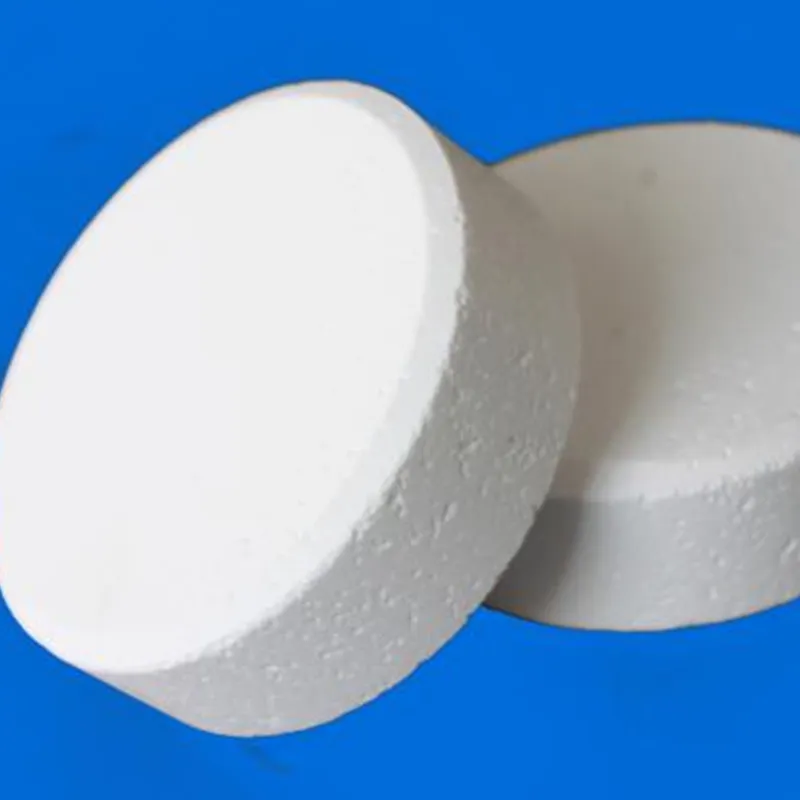
chemical additives in food preservation
Chemical Additives in Food Preservation A Double-Edged Sword
In the contemporary food industry, the need for effective food preservation methods has become more critical than ever. As it becomes increasingly important to ensure food safety and prolong shelf life, chemical additives have emerged as a vital tool in the food preservation arsenal. These additives, which include preservatives, antioxidants, and acidulants, play a significant role in preventing spoilage, enhancing flavor, and maintaining nutritional value. However, the use of chemical additives is a topic of heated debate, as concerns about health implications and environmental impact continue to rise.
The Role of Chemical Additives
Chemical additives are substances added to food to enhance its characteristics or extend its shelf life. Common preservatives such as sodium benzoate, potassium sorbate, and sulfur dioxide inhibit microbial growth, thereby preventing spoilage from bacteria, molds, and yeasts. Antioxidants like ascorbic acid and tocopherols protect fats and oils from oxidation, which can cause rancidity and loss of flavor. Acidulants, such as citric acid and lactic acid, not only enhance flavor but also create an unfavorable environment for pathogens.
These additives have revolutionized food preservation practices. For example, they allow for the long-distance transportation of perishable goods, reducing food waste and ensuring that consumers have access to a variety of food options year-round. Moreover, in a world grappling with food security issues, these chemicals play a crucial role in extending the shelf life of essential food products.
Health Concerns
Despite their benefits, the safety of chemical additives has come under scrutiny. Some studies have linked certain preservatives and artificial colorings to adverse health effects. For instance, sodium nitrite, commonly used in processed meats, has been associated with an increased risk of certain cancers when consumed in large quantities. Similarly, some individuals may experience allergic reactions or sensitivities to specific additives, leading to increased calls for transparency in food labeling.
chemical additives in food preservation

Regulatory bodies, such as the Food and Drug Administration (FDA) in the United States and the European Food Safety Authority (EFSA) in Europe, have established guidelines for the use of these additives. They assess the safety of food chemicals through rigorous scientific research; however, the outcomes can be controversial, leading to a public relations challenge for the food industry.
Environmental Considerations
Beyond human health, the environmental implications of chemical additives cannot be overlooked. The production and disposal of processed foods containing artificial additives contribute to pollution and the depletion of natural resources. Moreover, the increasing reliance on chemical preservatives may overshadow simpler, more sustainable preservation methods, such as fermentation, pickling, or drying, which have been used for centuries.
Conclusion
The use of chemical additives in food preservation is a double-edged sword. While these substances undeniably enhance food safety and extend shelf life, they also raise pressing health and environmental concerns. As consumer awareness grows and demand for cleaner, less processed foods increases, food manufacturers are beginning to respond. The trend toward natural preservatives, such as rosemary extract or vinegar, is gaining traction in the market, offering consumers alternatives that may align better with their health-conscious values.
In summary, while chemical additives play a crucial role in modern food preservation, the path forward must involve careful balance. Emphasizing transparent labeling, continuing research into safer alternatives, and promoting sustainable practices can help reconcile the benefits of chemical additives with the growing consumer demand for health, safety, and environmental stewardship. Ultimately, the future of food preservation may lie in a combination of science and tradition, ensuring safety while honoring the natural processes that have preserved food for generations.
-
Pure Sodium Dichloroisocyanurate Dihydrate | Powerful DisinfectantNewsAug.29,2025
-
Industrial Chemicals: Quality & Purity for Every IndustryNewsAug.28,2025
-
Nitrile Rubber Honoring Strict Production StandardsNewsAug.22,2025
-
Aspartame Ingredients Honoring Food Safety ValuesNewsAug.22,2025
-
Fertilizer for Balanced Plant NutritionNewsAug.22,2025
-
Cyanide Gold Processing with High Purity AdditivesNewsAug.22,2025
-
Formic Acid in Textile Dyeing ApplicationsNewsAug.22,2025
Hebei Tenger Chemical Technology Co., Ltd. focuses on the chemical industry and is committed to the export service of chemical raw materials.
-

view more DiethanolisopropanolamineIn the ever-growing field of chemical solutions, diethanolisopropanolamine (DEIPA) stands out as a versatile and important compound. Due to its unique chemical structure and properties, DEIPA is of interest to various industries including construction, personal care, and agriculture. -

view more TriisopropanolamineTriisopropanolamine (TIPA) alkanol amine substance, is a kind of alcohol amine compound with amino and alcohol hydroxyl, and because of its molecules contains both amino and hydroxyl. -

view more Tetramethyl Thiuram DisulfideTetramethyl thiuram disulfide, also known as TMTD, is a white to light-yellow powder with a distinct sulfur-like odor. It is soluble in organic solvents such as benzene, acetone, and ethyl acetate, making it highly versatile for use in different formulations. TMTD is known for its excellent vulcanization acceleration properties, which makes it a key ingredient in the production of rubber products. Additionally, it acts as an effective fungicide and bactericide, making it valuable in agricultural applications. Its high purity and stability ensure consistent performance, making it a preferred choice for manufacturers across various industries.





